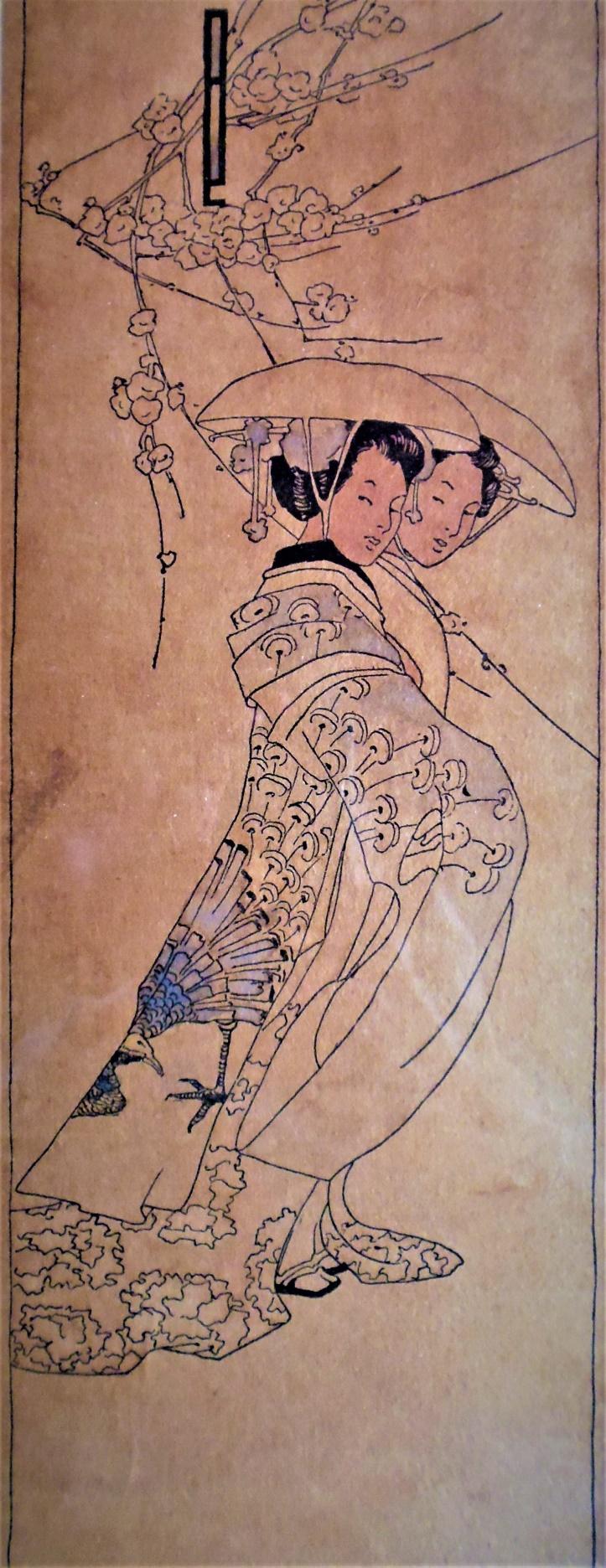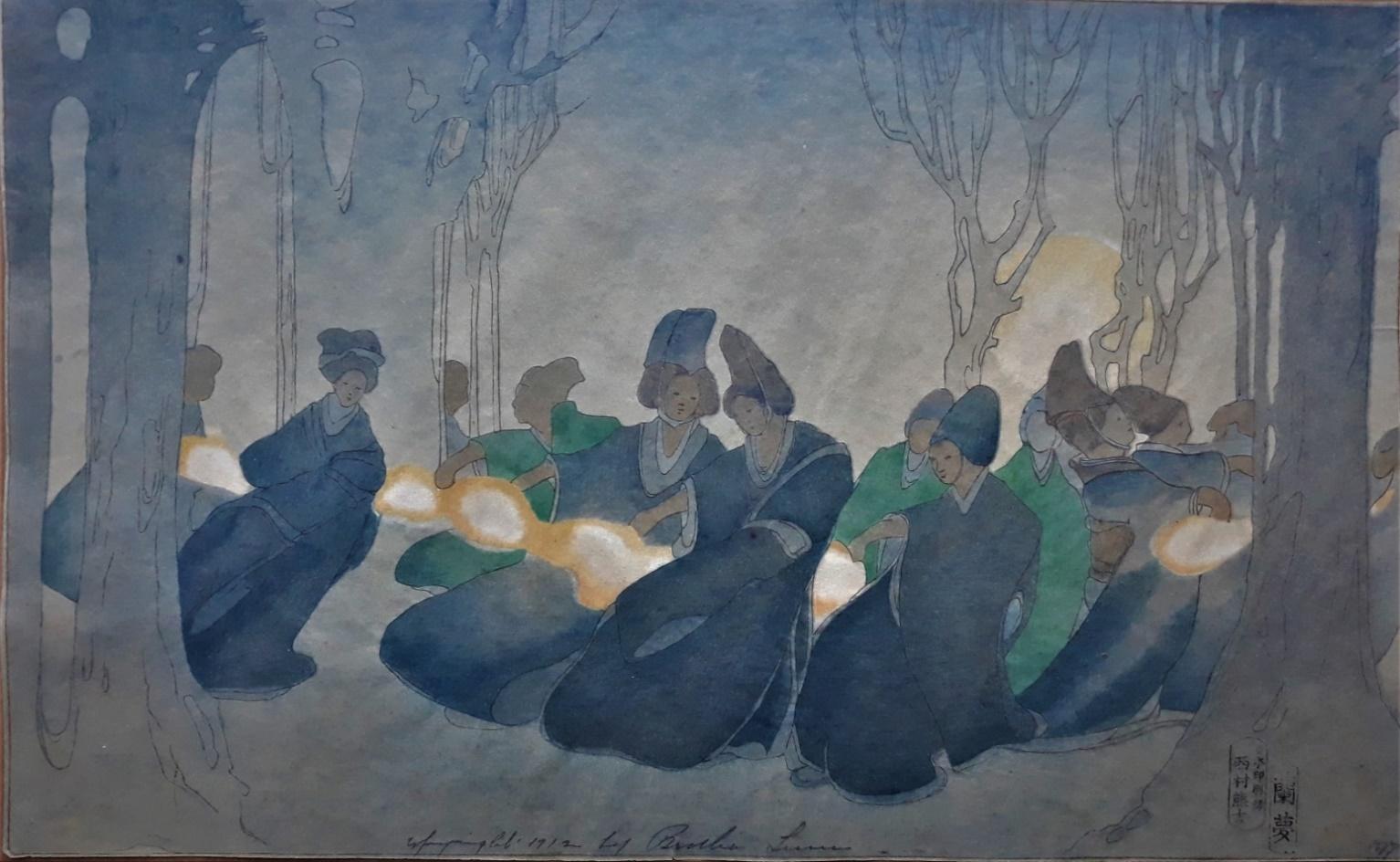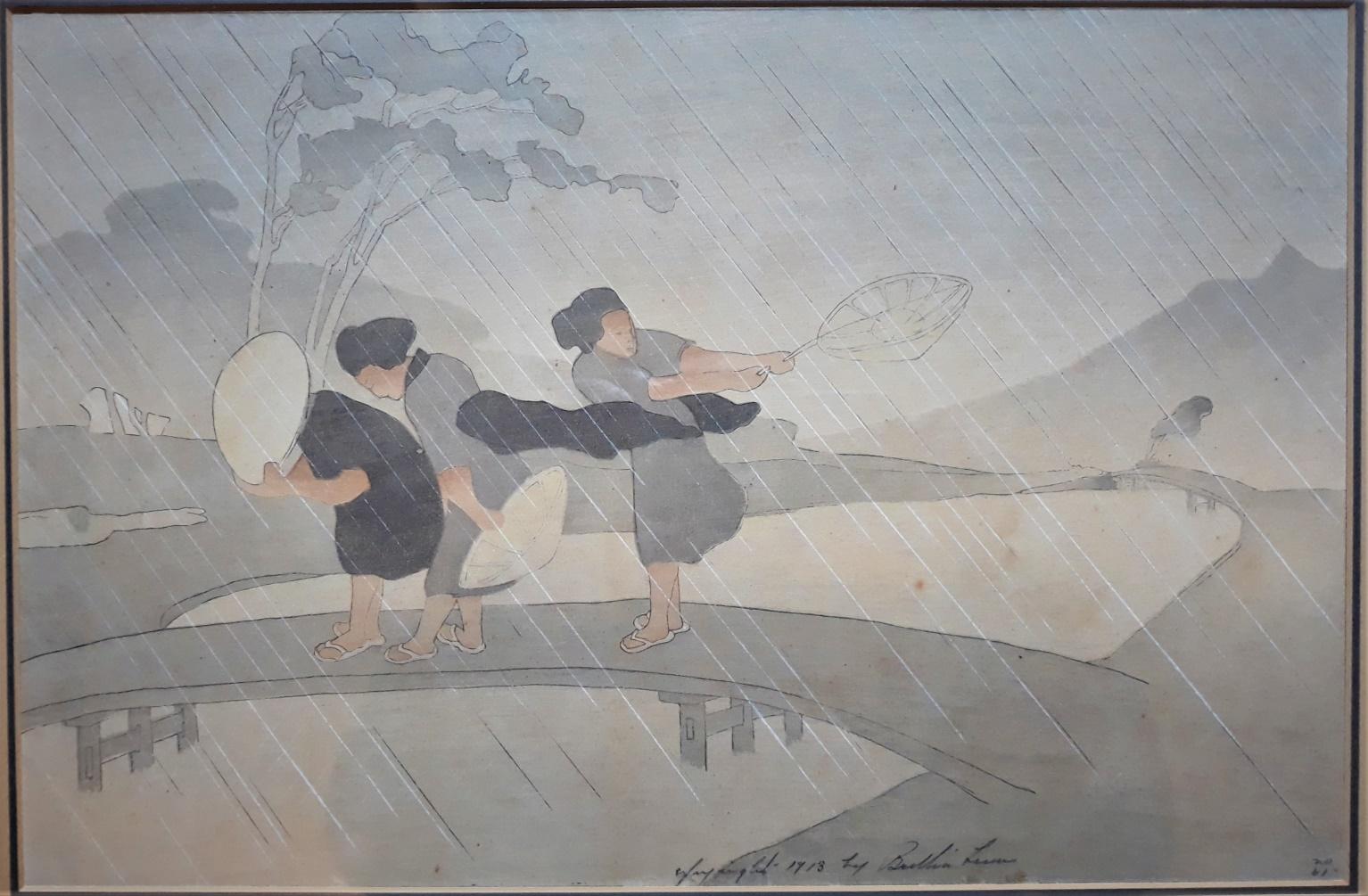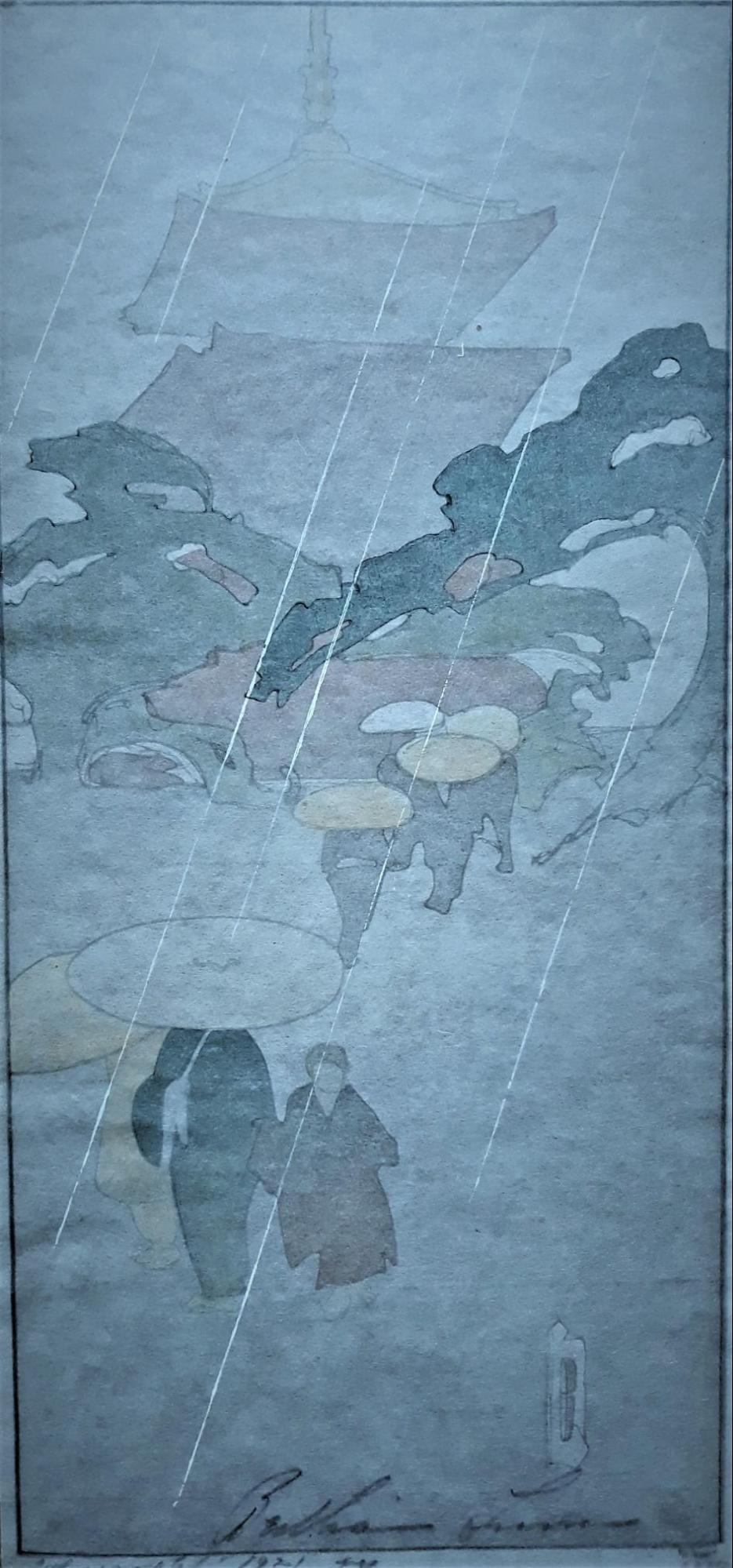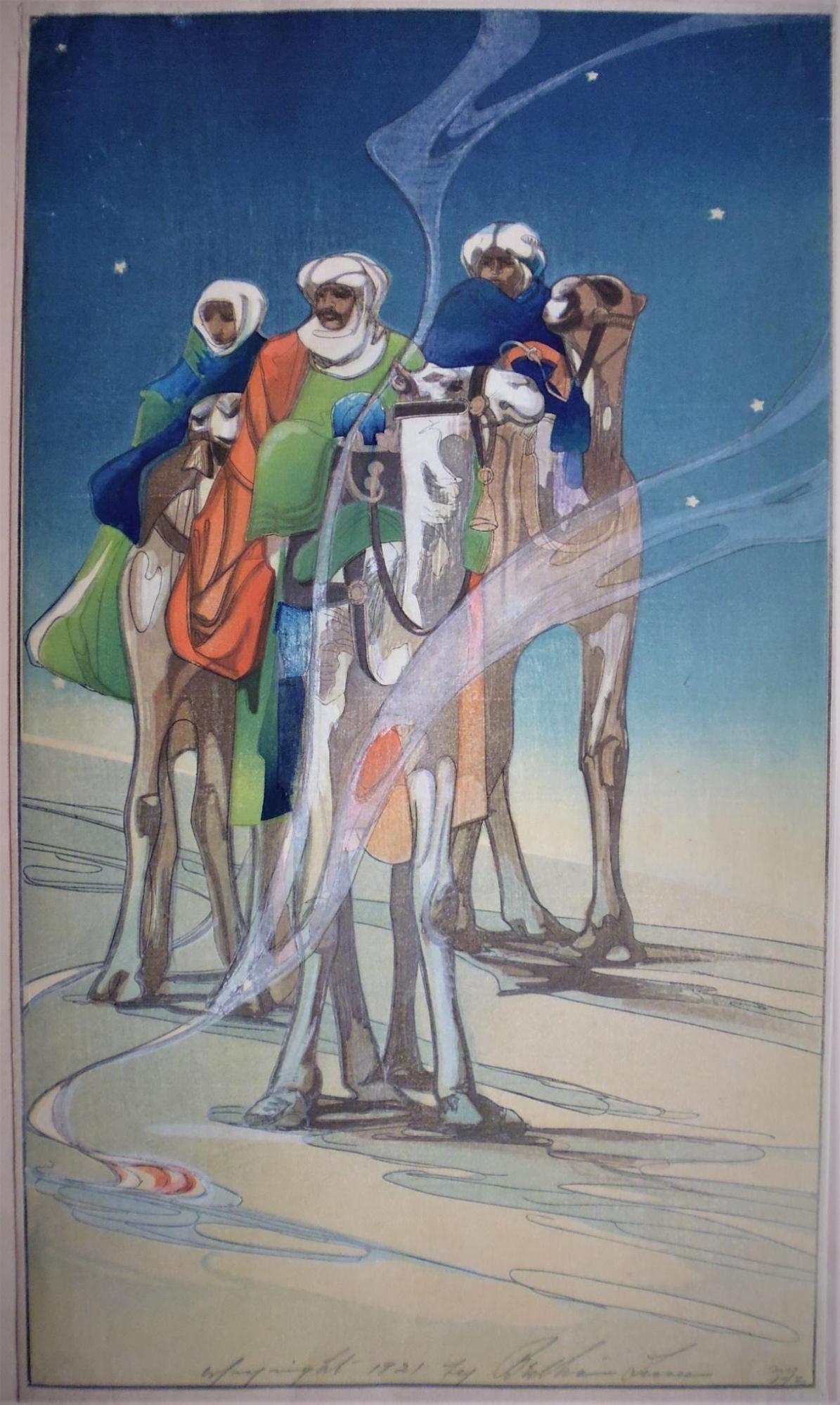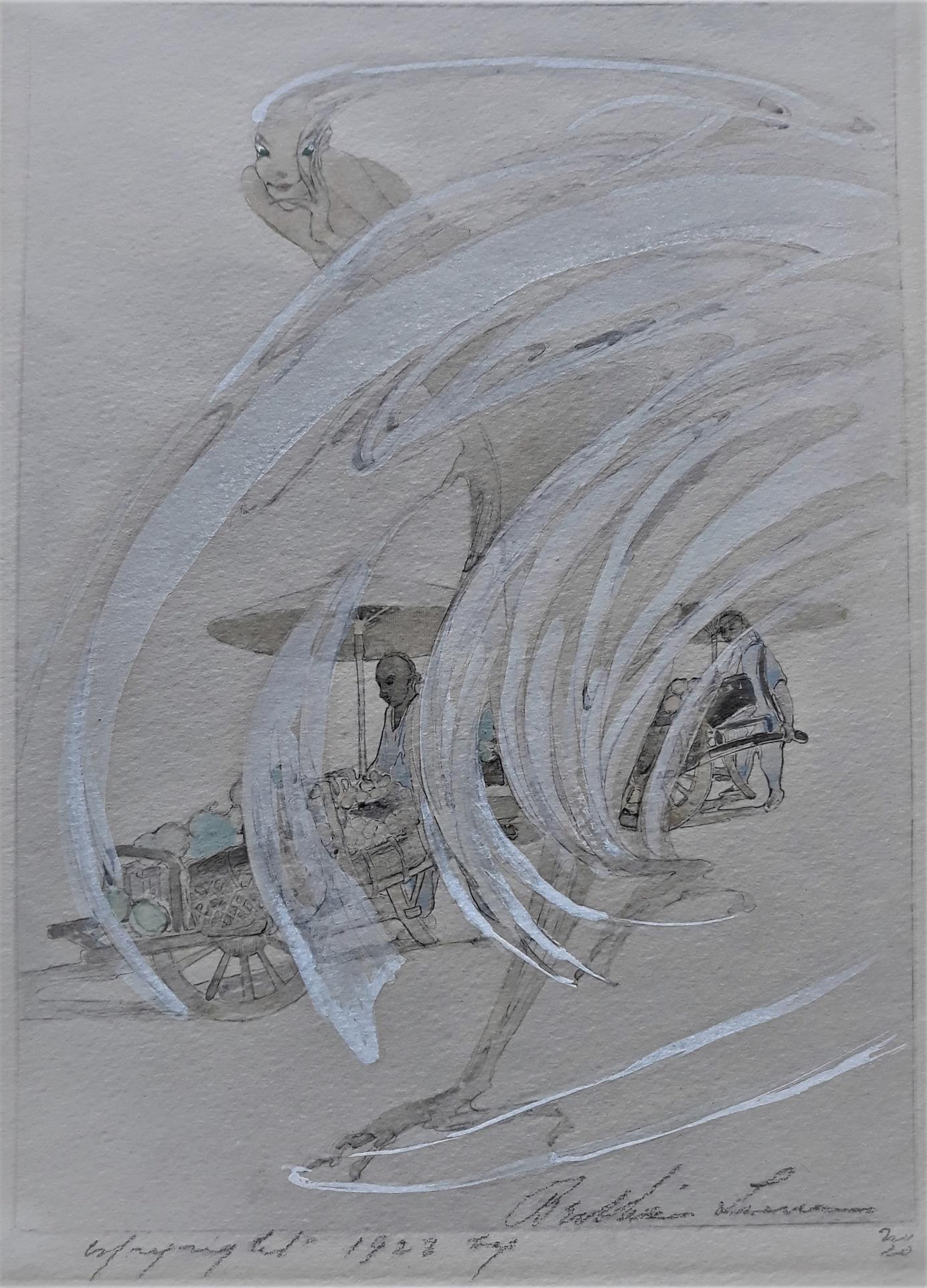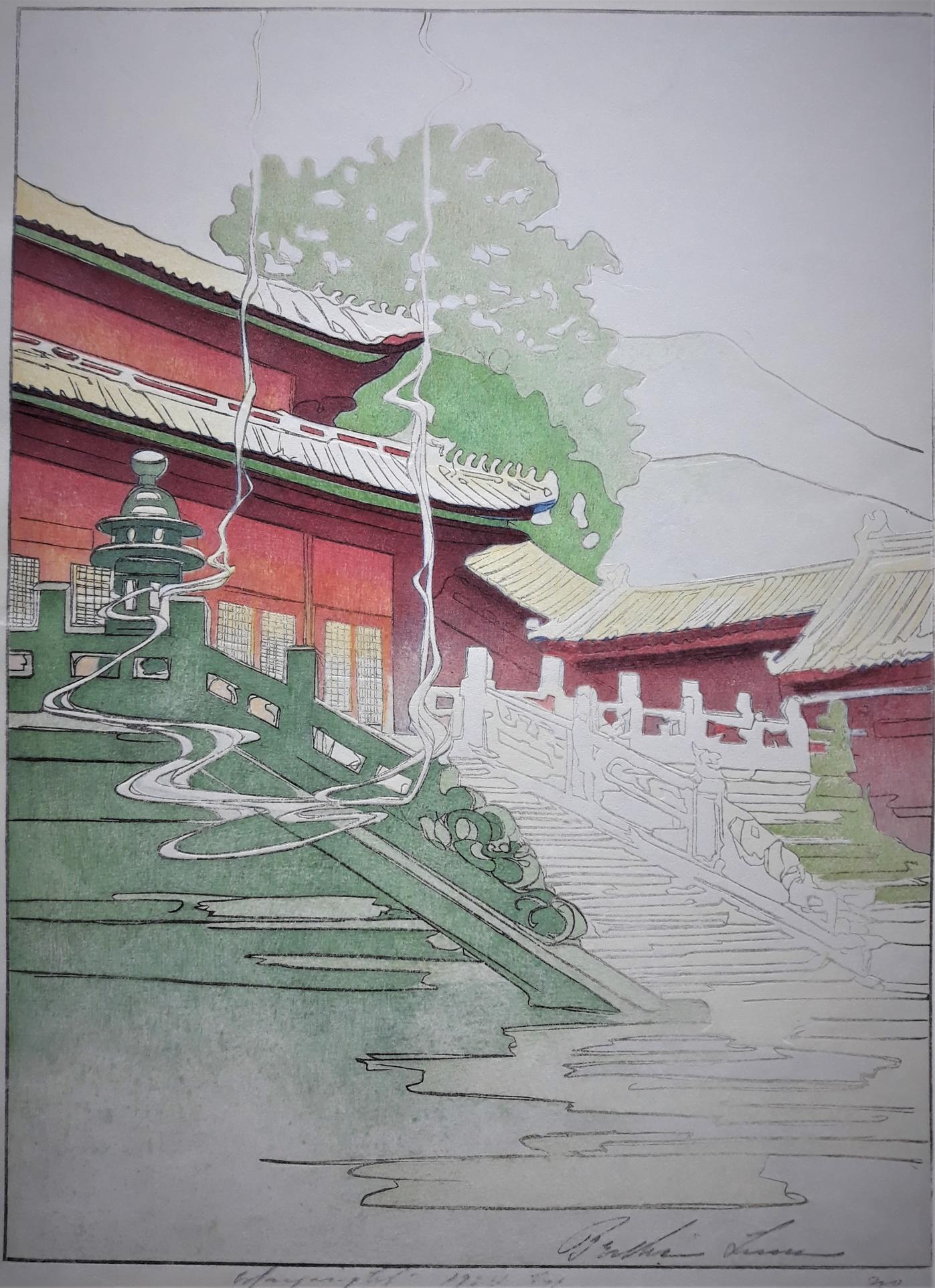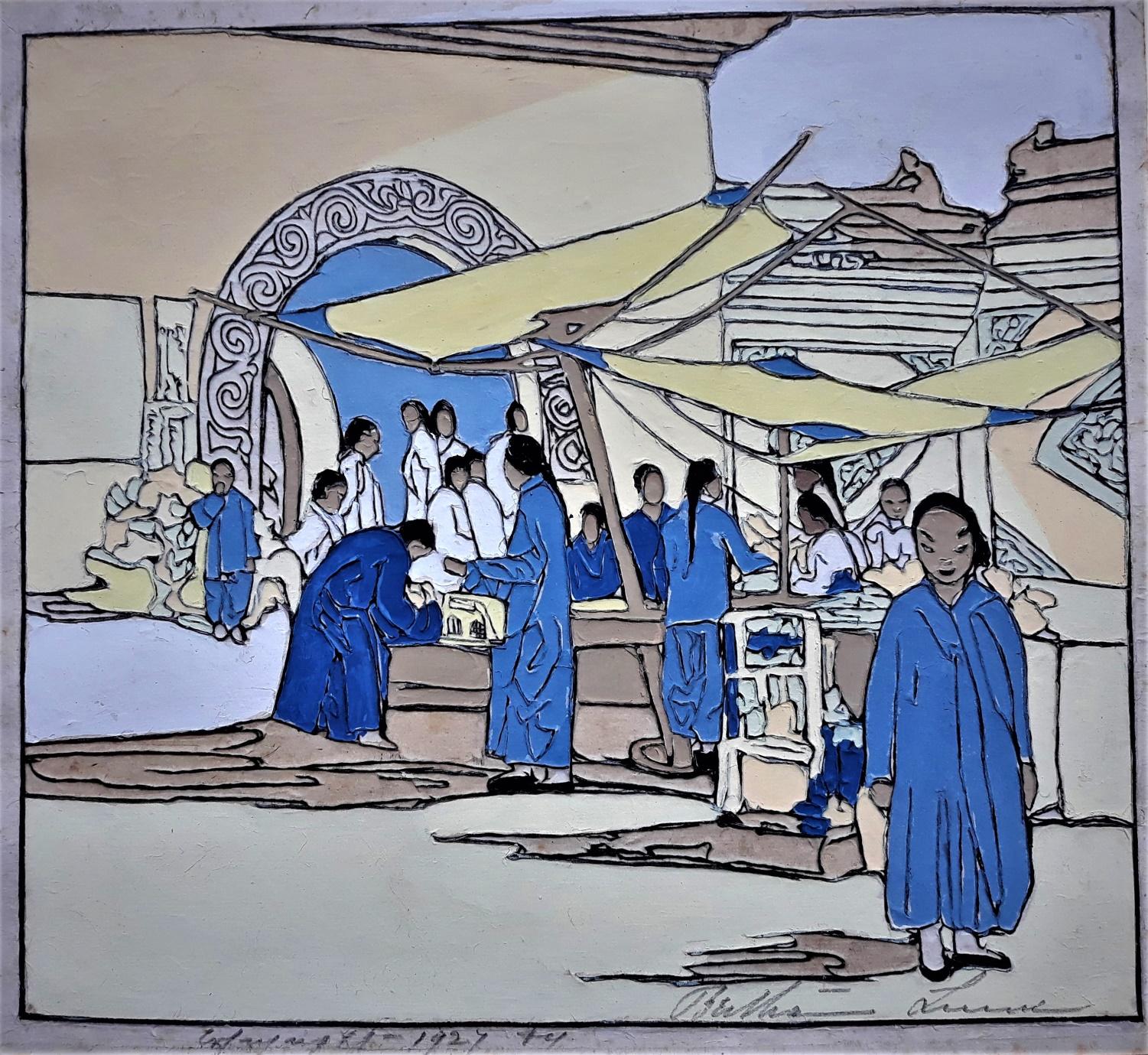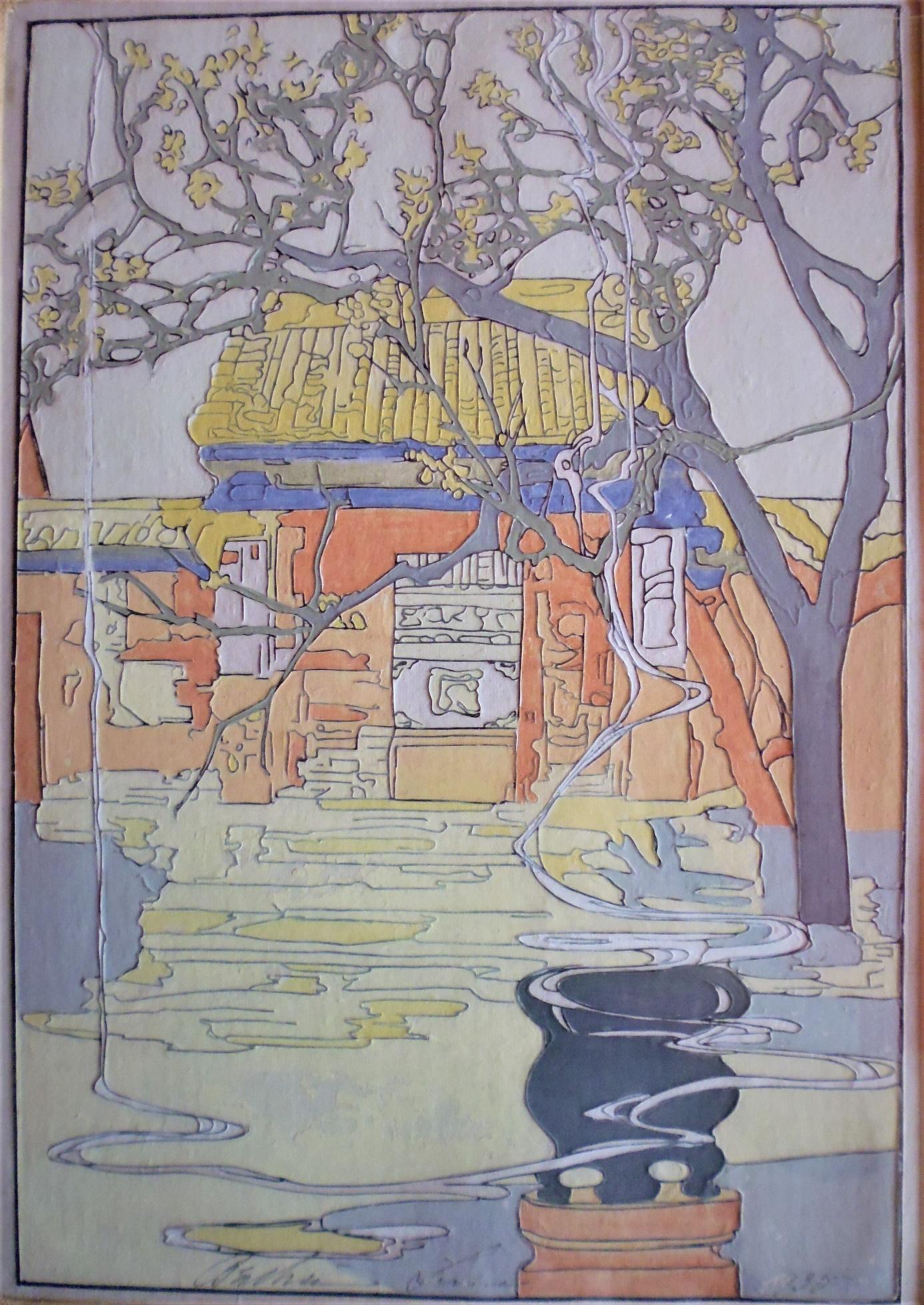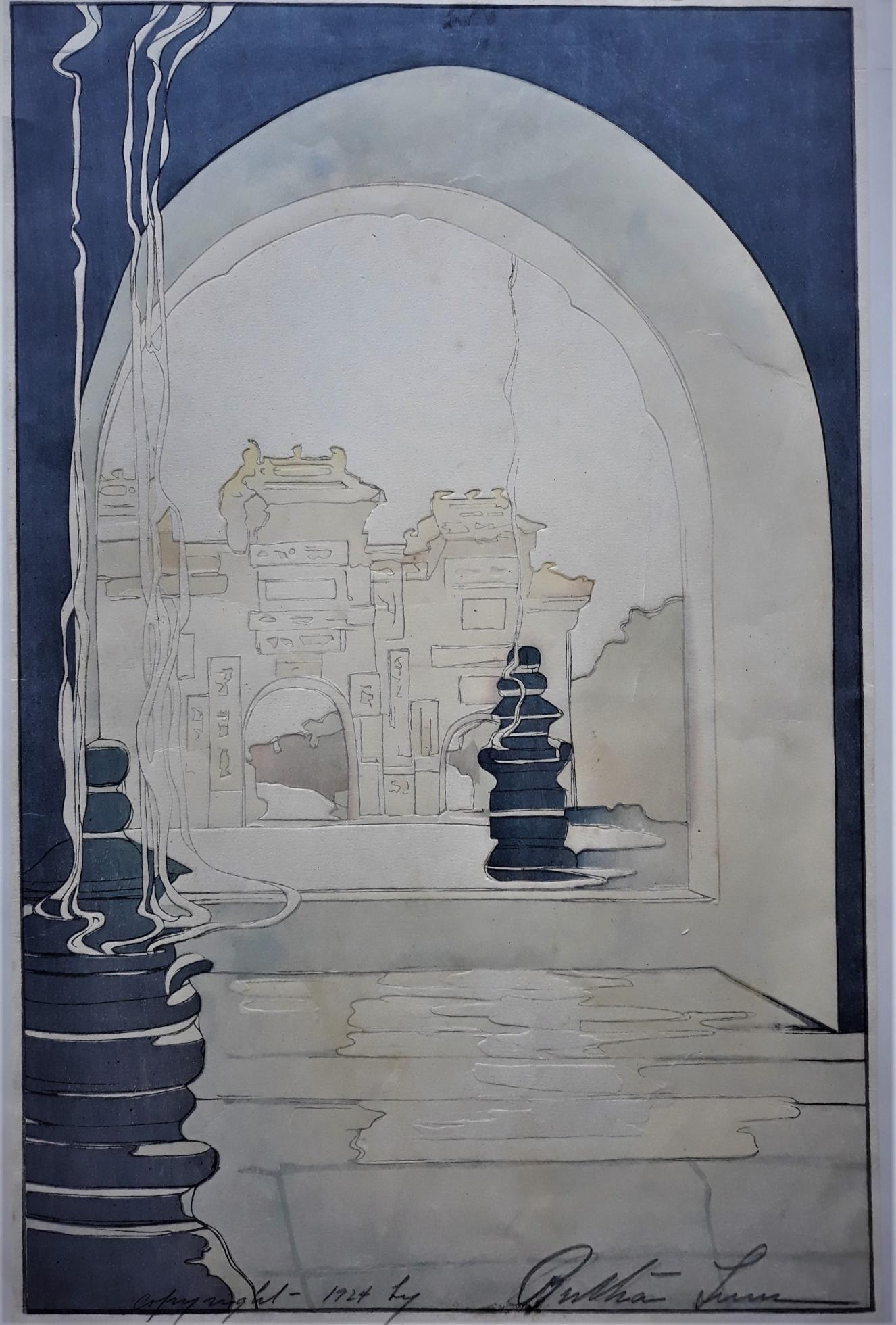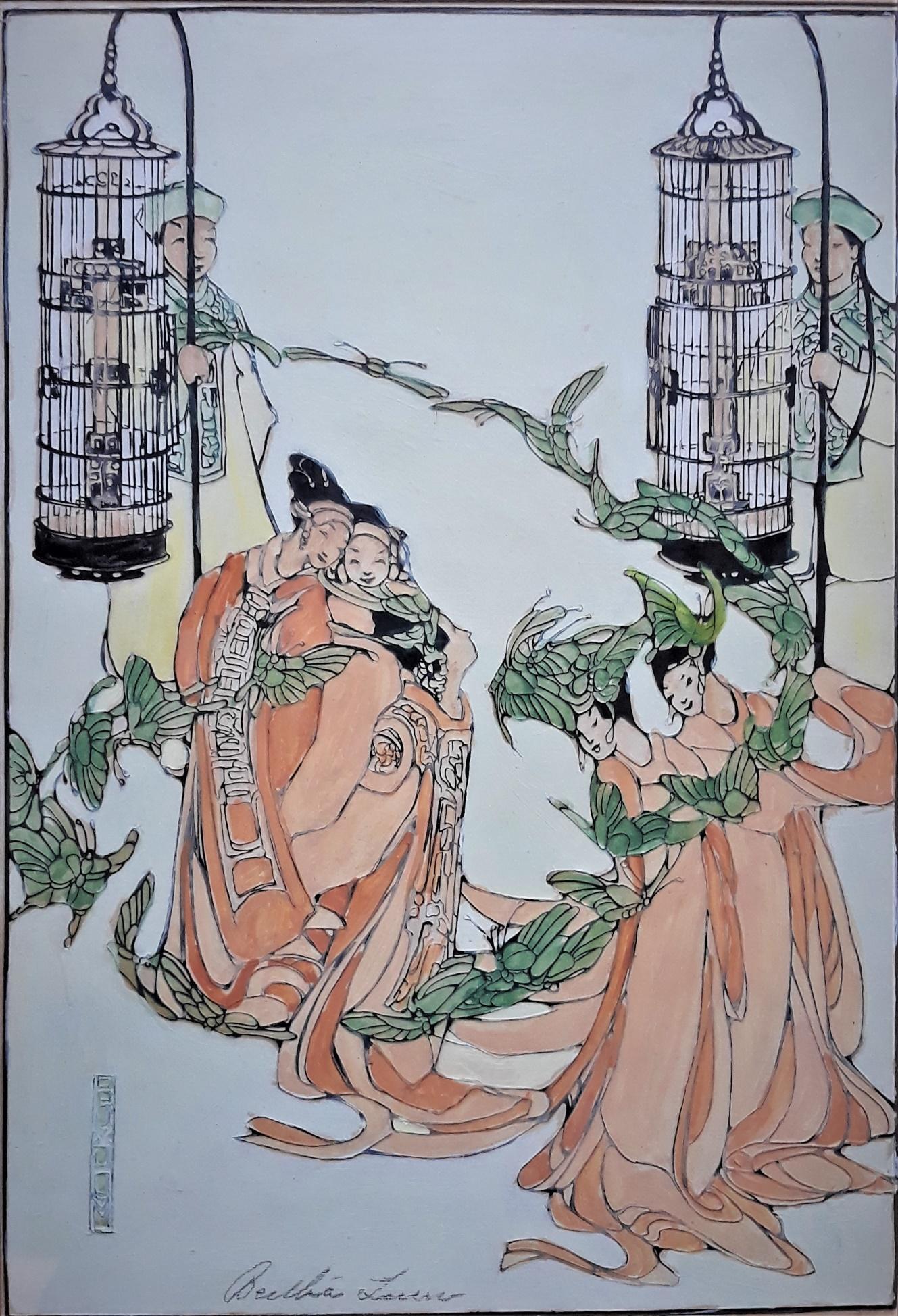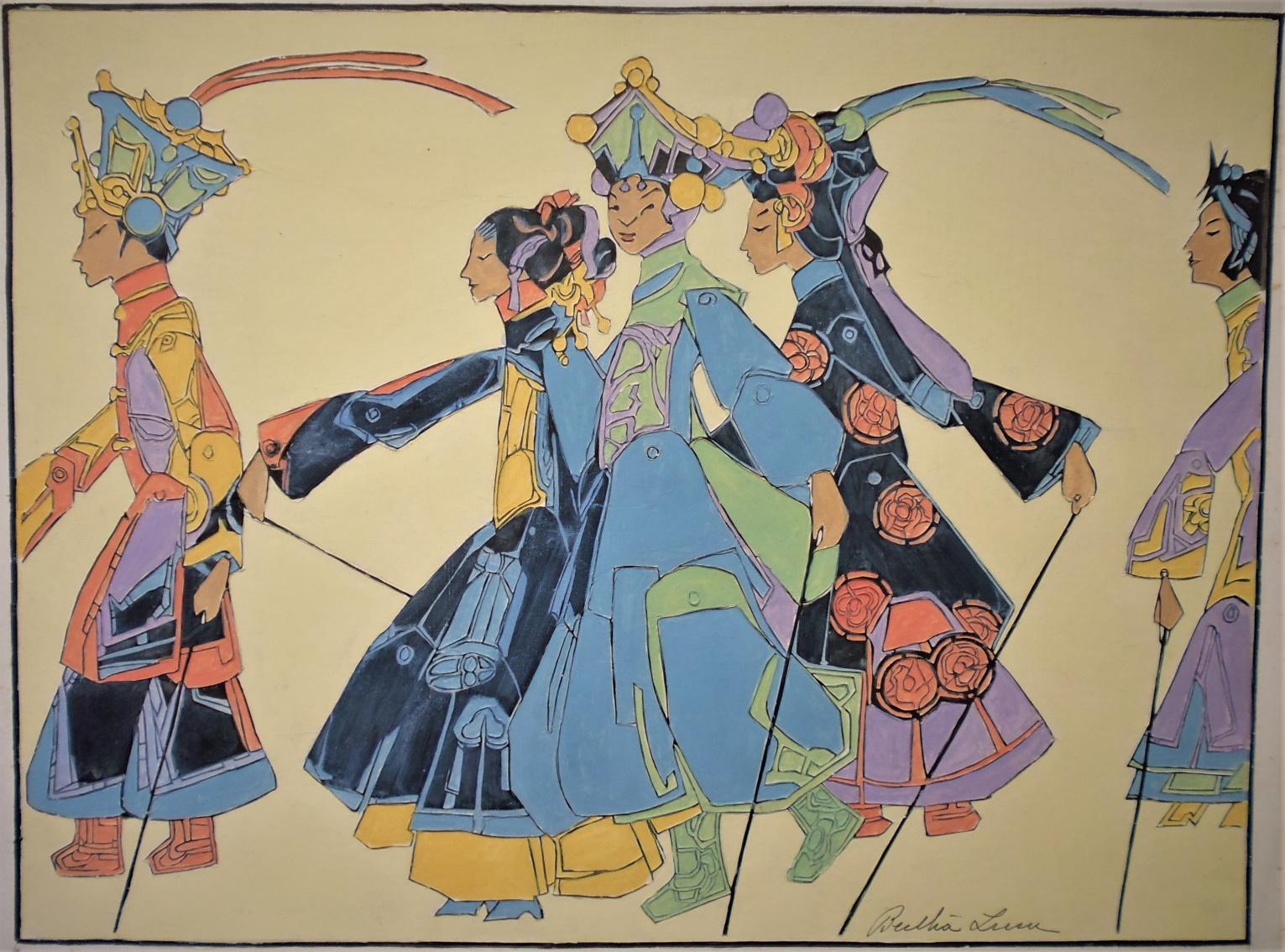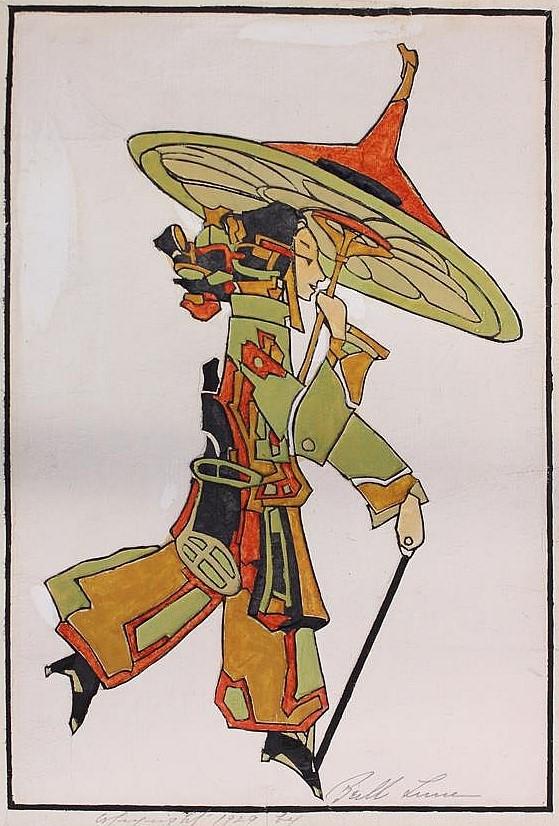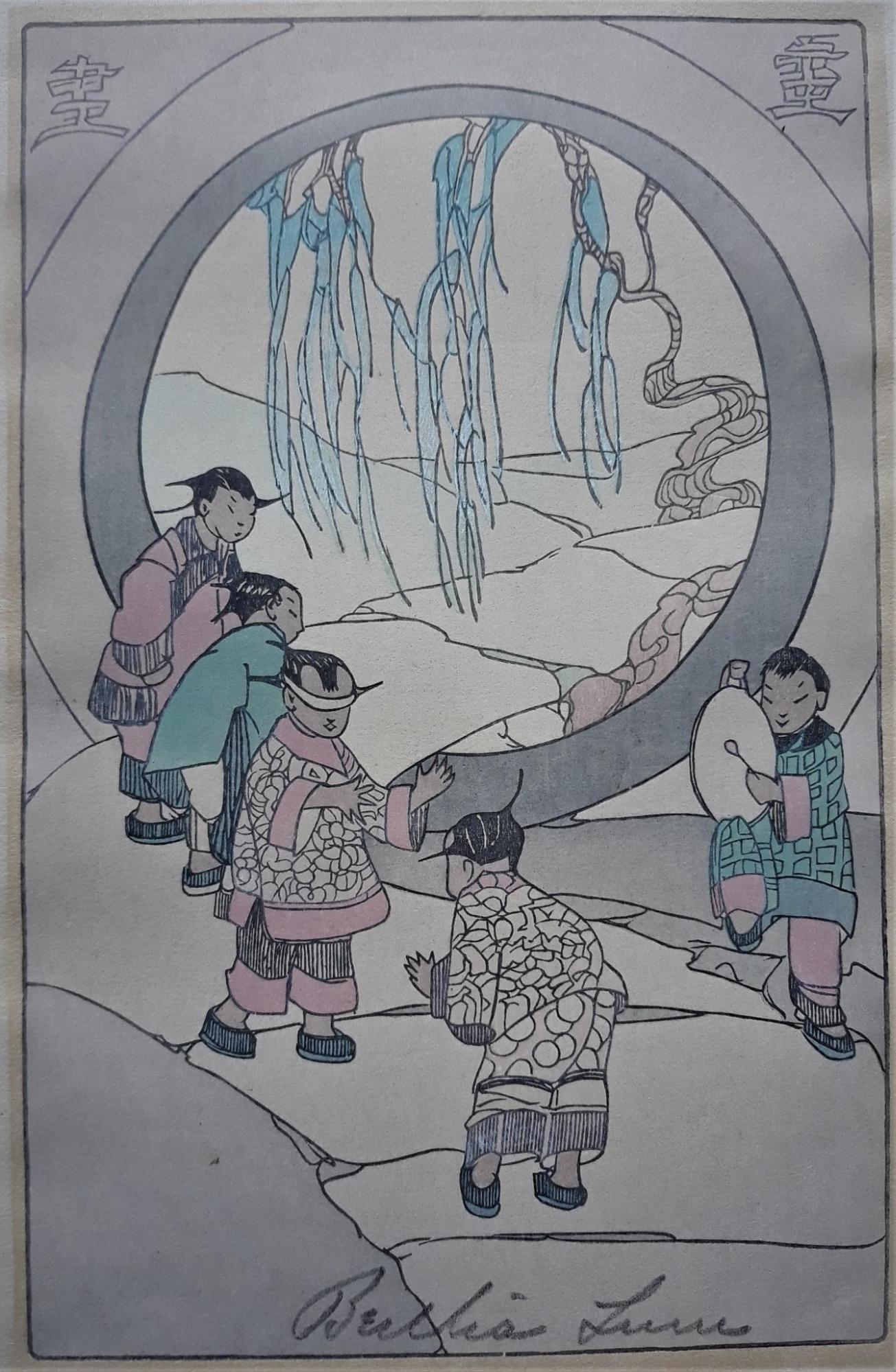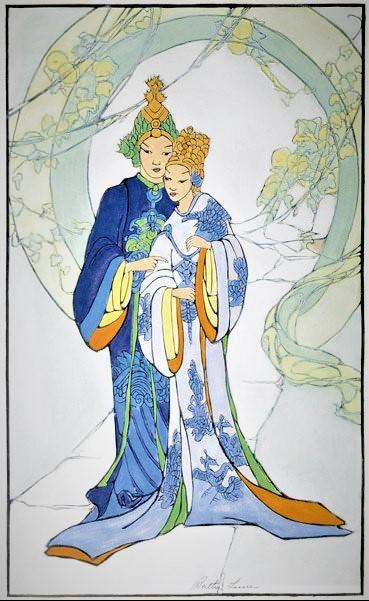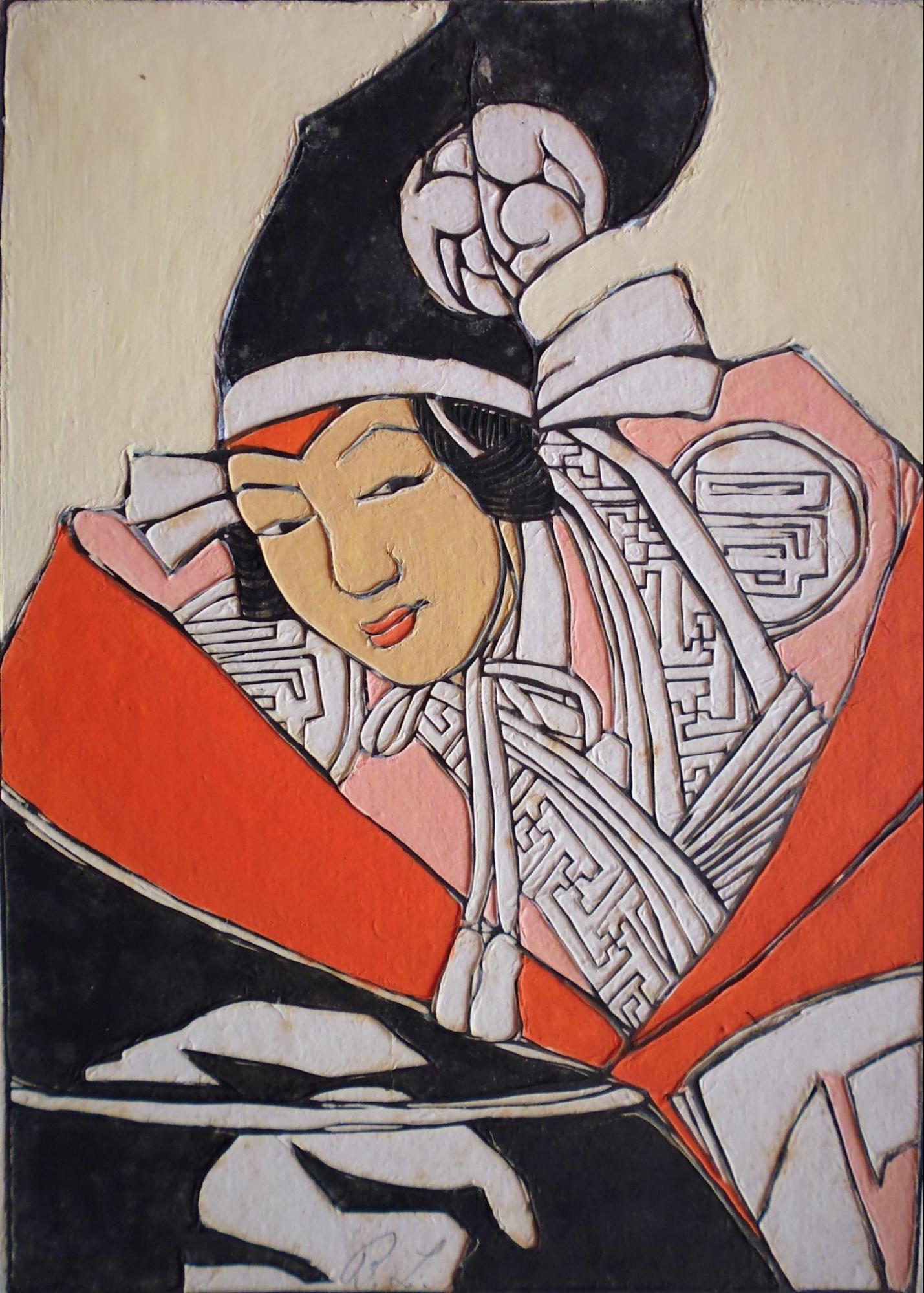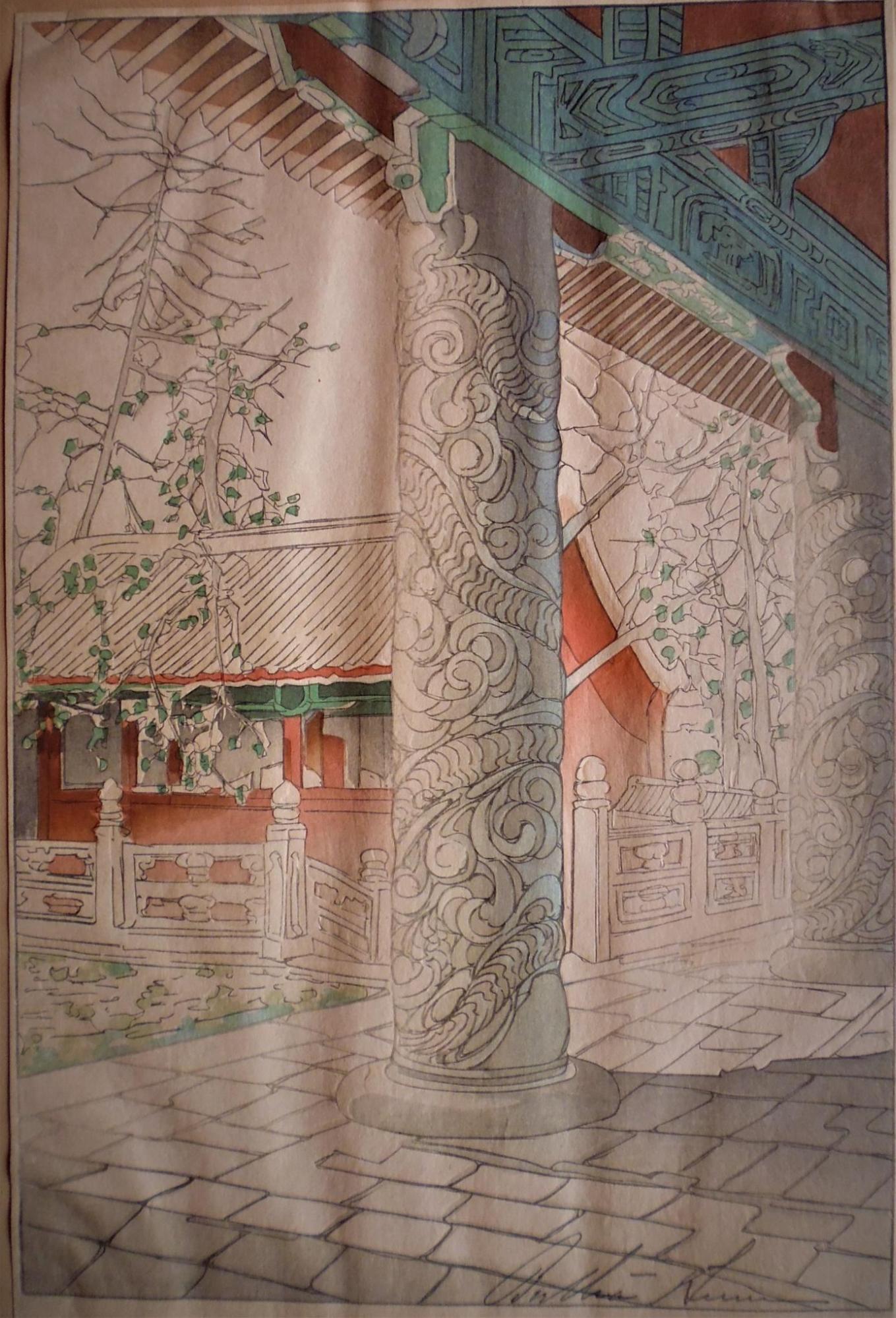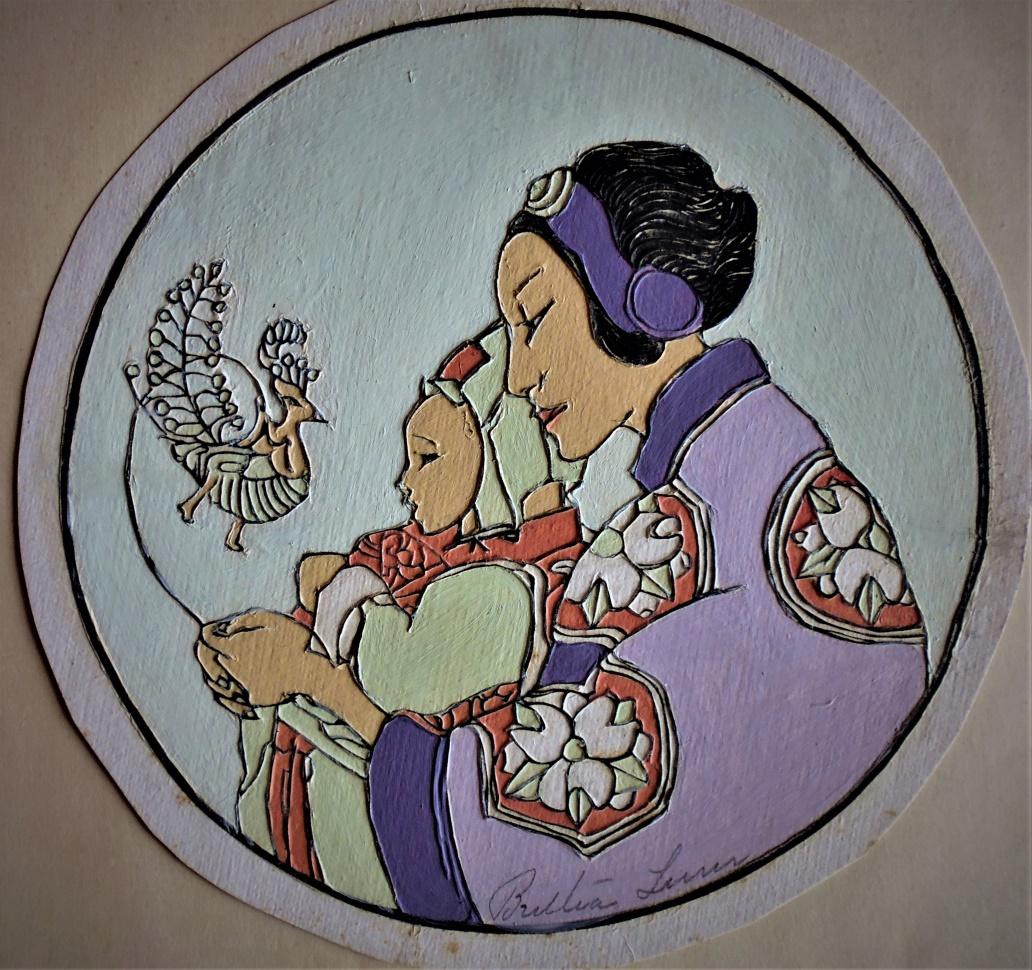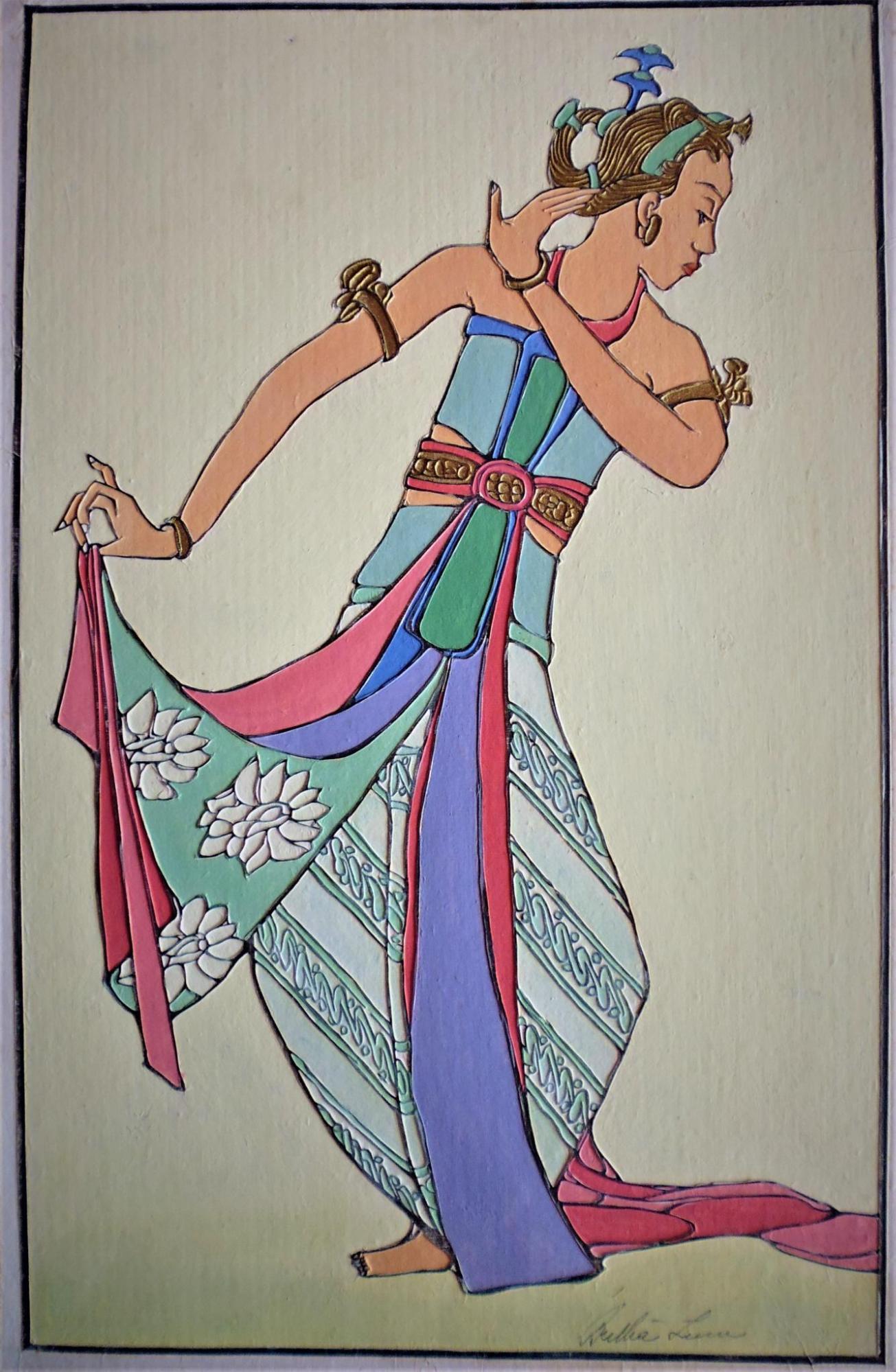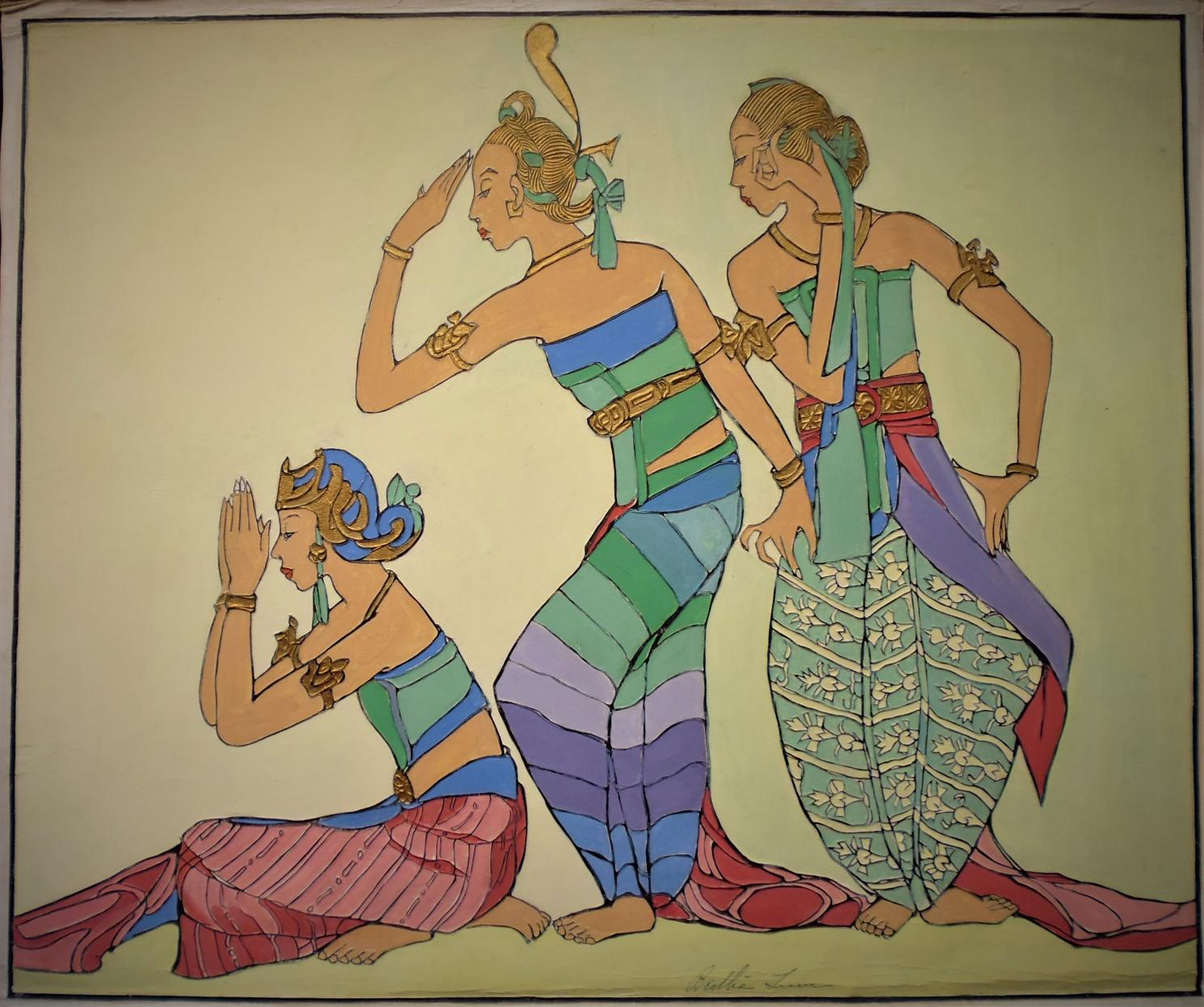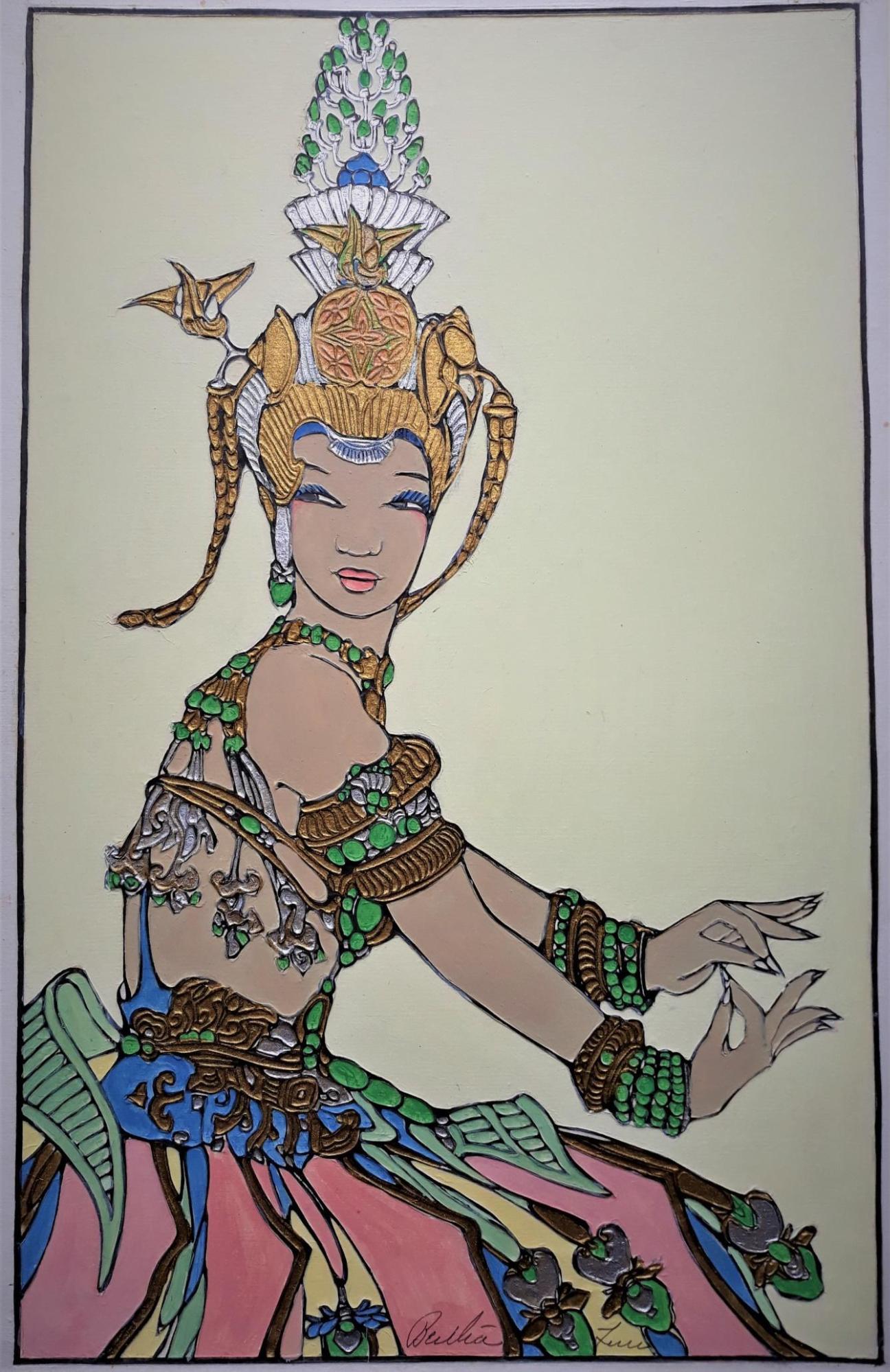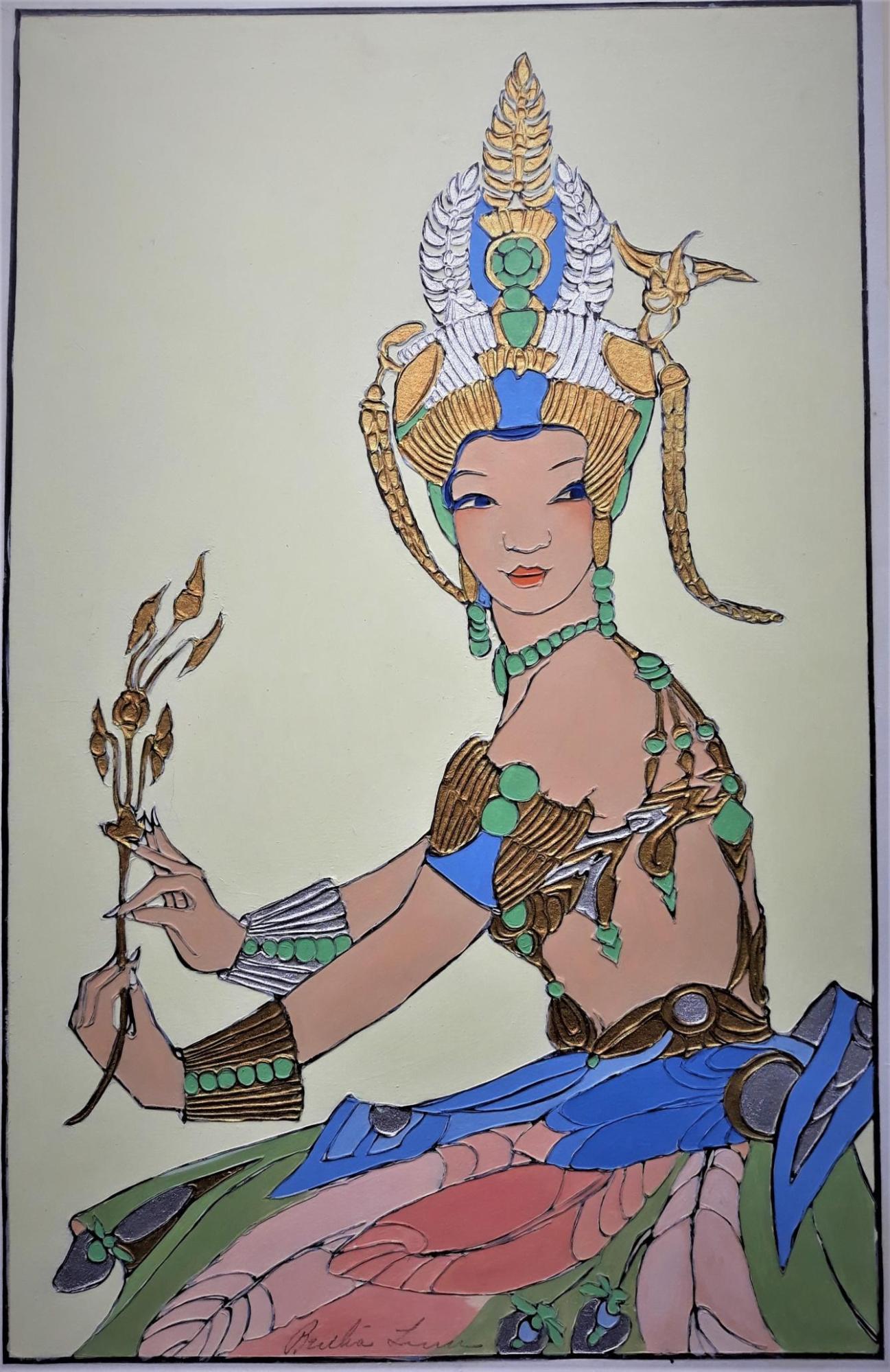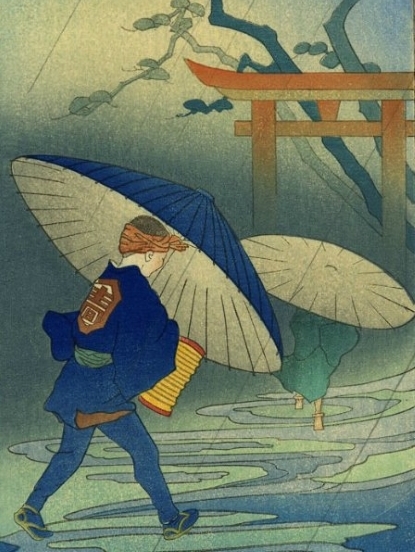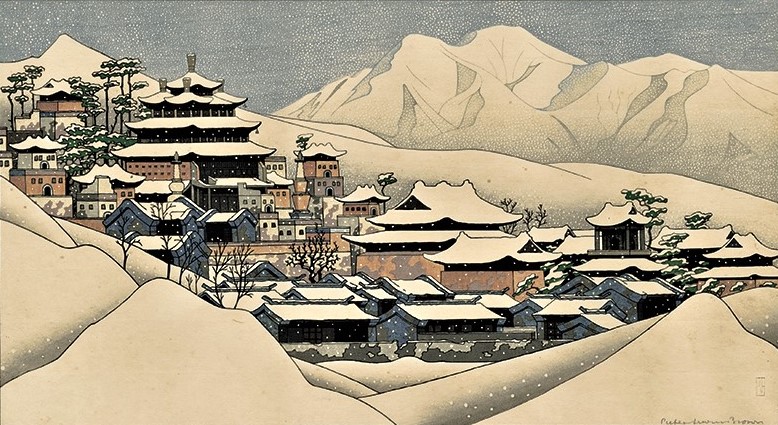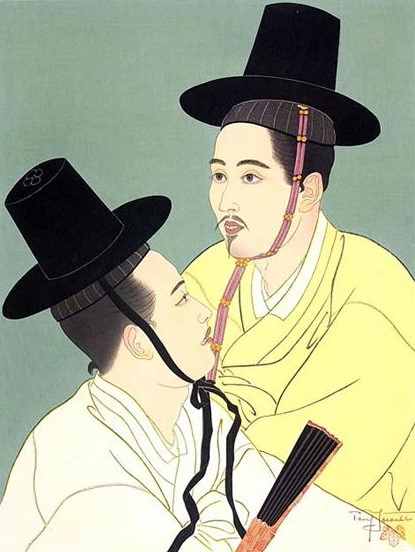BERTHA BOYNTON LUM (1869-1954)
Born Bertha Boynton Bull in 1869 in Iowa in the United States, she had a bourgeois background with a business lawyer father and a teacher mother who gave her a taste for artistic creation at a very young age. Her career truly began in 1895 (she was already 26) when she enrolled at the Art Institute of Chicago. Created in 1879, this Institute was both one of the best art schools in the United States and a museum, soon to be the second in the country for the wealth of its collections, and it had taken full advantage of the organization by the city of Chicago of the 1893 Great Universal Exhibition. It was probably on this occasion, at the Japanese pavilion, that Bertha discovered prints for the first time. That same year, the Institute also benefited from the donation of the collection of the wealthy businessman Henry Field and Bertha was therefore able to admire the works it contained by Constable, Corot, Delacroix, Daubigny, Millet, Rousseau and many others. She also acquired the foundations of stained glass technique from the best American specialist of the time, Anne Van Derlip Weston, who obviously later had an influence on her period of creating relief prints. Finally, she also followed the courses of the illustrator Frank Holme where she met the young Cyrus Leroy Baldridge. But it was certainly the teaching of Arthur Wesley Dow (1854-1922), and in particular his book Composition, published in 1899, which enabled her to discover the Japanese art of woodblock prints. Her first known watercolour is from 1900 and the Japanese influence is already visible there.
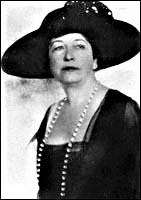
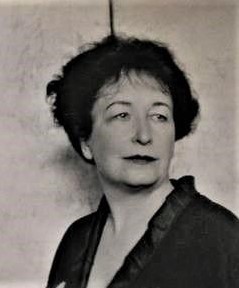
The revelation, however, came in the fall of 1903 when she visited Japan on her honeymoon with Bert F. Lum, a Minneapolis business lawyer. She recounted both the difficulties she had during her two months there to penetrate the very closed circles, and at the time declining, of the "floating world" of Ukiyo-e, but also the certainty that she had finally found her mode of artistic expression. Upon her return to Minneapolis, conscientiously and alone, Bertha Lum learned the woodcut technique with the tools she brought back from Yokohama and her first creations were hesitant portraits of geishas. But from 1905, after studying Hiroshige's prints, her talent and originality asserted themselves.
She returned to Japan in 1907 and followed daily for 3 months the work of the engraver Bonkotsu Igami (who later worked with Paul Claudel) and of another master printer, and this accelerated training enabled her to publish several works in which already bursts her skill in the games of shadow and light or to render landscapes of night, rain and snow.
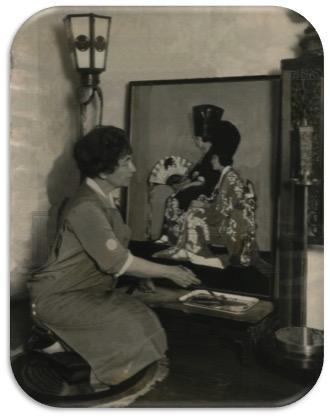
In 1911-1912, during a further 6-month stay in Japan (with her two little girls !), she henceforth entrusted her watercolours to a team of engravers and printers working under her orders and she managed to be the first Western artist to participate in the great annual Tokyo Art Exhibition of 1912. This recognition by the Japanese led to her being discovered the same year by the Americans, in Chicago as in New York, then in 1915 during the great Panama-Pacific Exhibition in San Francisco where she obtained a silver medal (Helen Hyde had the bronze medal). Her technical mastery was further strengthened after two more stays in Japan in 1915 and 1917, before she settled in California, whose landscapes inspired her some of her most beautiful prints, such as Point Lobos in 1920.
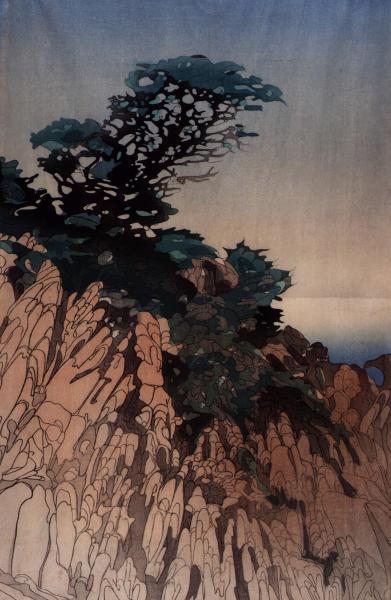
She was also strongly influenced by the works of the poet Lafcadio Hearn (1850-1904), a British who opted for Japanese culture and nationality and who described in his books a world of stories and legends that Bertha Lum resumed in many of her prints with a very personal touch, painting stylized mythical characters, often in swirling movements. She also made it the theme of her richly illustrated book Gods, Goblins and Ghosts published in 1922.
Always accompanied by her two daughters, she then decided to settle in China, first in Wei Hai Wei, a British concession in Shandong, then in Peking, to discover Chinese civilization which she has magnify with landscape paintings, temples or scenes of everyday life. Moreover, while continuing to practice the classic Japanese methods, she also adopted, by adapting it, the ancient Chinese technique of relief printing : it is a technique of molding a damp paper on a block of carved wood, to let it dry and to paint the paper thus embossed by hand, using the lines of relief to deposit the different areas of colour. Unlike classic woodcuts, the copies of which are almost identical after printing, those in relief can thus present significant color variations. Sometimes Bertha Lum even did not hesitate to make, from the same drawing and the same block, woodcuts and relief prints, thus creating mirror images. She directed excellent local engravers and printers to help her achieve these technical feats. This mastery and the richness of her creative inventions make her a special artist in the Far Eastern school.
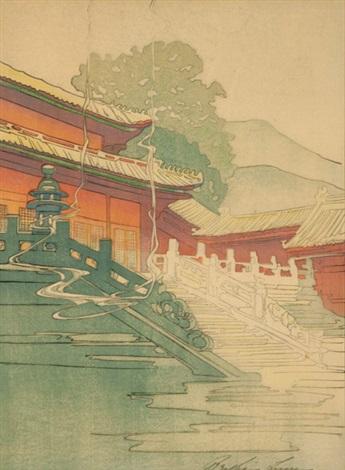
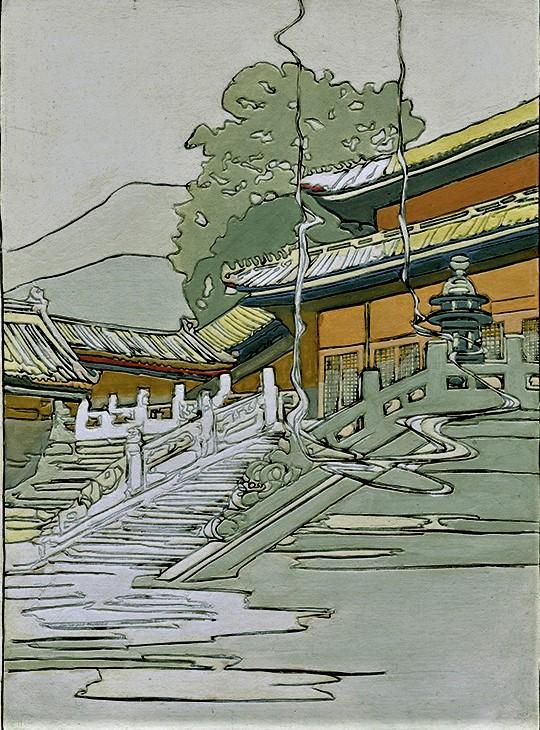
In the years that followed, Bertha Lum was divided between California from where she organized numerous exhibitions (in America but also in Europe) and the Far East (China, Japan, Singapore, Cambodia, Java, Bali) which always provided her subjects of artistic creation. Divorced in 1925, her financial means weakened and the Great Depression of 1929 forced her to postpone her exhibition projects – and therefore sales. To overcome these financial difficulties, she produced several screens and illustrated magazines and several books, in particular those of the Manchurian Princess Der Ling (Yu De ling), former lady-in-waiting to Empress Tseu Hi (Ci Xi).

In 1933, she returned to China and still produced quite a number of prints, including portraits of sophisticated women she met while traveling in Indonesia. She was forced to give up her artistic activity in 1937 when her sight deteriorated. The political situation also deteriorated rapidly with Japan's invasion of northern China, but Bertha Lum stayed in Peking. Nearly 70 years old, she remained close to her family : her eldest daughter Catherine was married to an Italian businessman, Antonio Riva, and they lived in Peking ; the younger daughter Peter married an English diplomat, Sir Colin Crowe, then stationed in Shanghai. But when the Second World War broke out, she was forced to return to the United States, first to San Francisco where her last exhibition was held in 1941, then to Washington and finally to New York.
In 1948, despite the gloomy local outlook and a fragile health, she returned to Peking welcome by her daughter Catherine and her son-in-law. The drama began in 1950 when the latter was arrested and imprisoned by the new communist authorities. Bertha Lum, her daughter and her four children were consigned to their house. In August 1951, Antonio Riva was executed without trial. Bertha Lum, now crippled, obtained permission to leave China only in April 1953. She died in February 1954, her daughter at her side, in Italy, in Genoa, where both had taken refuge.
Courage and will prevail in Bertha Lum : she led the life of an artist she wanted, overcoming all the obstacles that came her way - her feminine condition, her status as a married woman and a mother, a short artistic training at the start, the historical difficulties of the time - and never sacrificing ease : always on the move, she almost never spent more than two or three years in the same place, crisscrossing the seas and continents, driven by an insatiable curiosity, with a line guiding knowledge of Asian civilizations and the desire to transmit the best of them to the West through her art. These personal qualities explain the diversity, originality and richness of her work, which continues to surprise us today.
Bibliography :
- Bertha Lum, by Mary Evans O’Keefe Gravalos and Carol Punil, Smithsonian Institution Press, Washington, 1991
- Gods, Goblins and Ghosts: the Weird Legend of the Far East, by Bertha Lum, JB Lippincott Cy, Philadelphia, 1922
- Peiping, by Bertha Lum, The Canadian Pacific Railway, Montreal, 1931
- Jades and Dragons, by Princess Derling, illustrated by Bertha Lum, The Mohwak Press, New York, 1932
- Golden Phoenix, by Princess Der Ling, illustrated by Bertha Lum, Dodd, Mean and Cy, New York, 1932
- Imperial Incense, by Princess Der Ling, illustrated by Bertha Lum, Dodd, Mean and Cy, New York, 1933
- Peiping and North China, by Peter Lum, illustrated by Bertha Lum, The Tientsin Press, Tientsin, 1934
- Gangplanks to the East, by Bertha Lum, The Henkle-Hewdale House, New York, 1936
- Peking, 1950-1953, by Peter Lum, Robert Hale Ltd, London, 1958
- My Own Pair of Wings, by Peter Lum, Chinese Materials Center, San Francisco, 1981
Links : https://www.bertha-lum.org/
The collection
